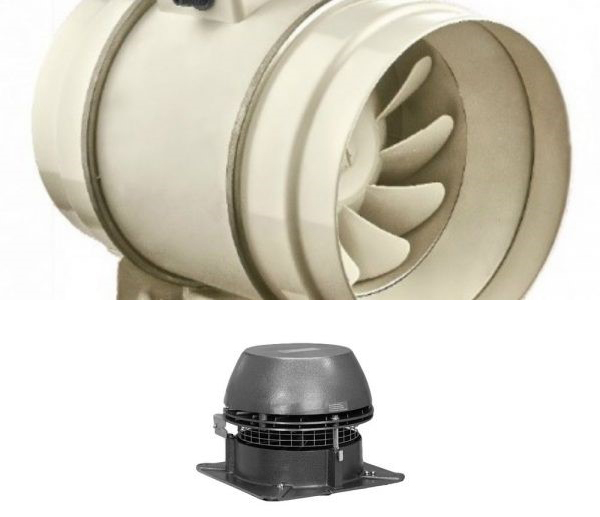


Short chimneys that cannot create sufficient temperature and pressure differences and/or long horizontal chimney systems with too much losses result in insufficient traction. In order to ensure optimum heat transfer in the heating system, flue gas must flow naturally through the chimney duct at the desired pressure and speed. In heating systems where natural draft cannot be provided, flue gases must be conveyed to the atmosphere by a chimney fan that uses forced draft, is resistant to flue gas temperature and corrosive effects, and can be controlled at speed. One of the most common problems in chimney systems is insufficient chimney draft. Various reasons for this can be listed as follows: The chimney diameter is chosen smaller than necessary, • The smoke channel (horizontal chimney) is made more than ¼ of the chimney, • Chimney height is not sufficient (gas fuel min. 4.00 m; solid and liquid fuel min. 5.00 m). • There is more resistance (Elbow, TE, Trousers, etc.) in the system, • Since there is not enough insulation in the chimney, there is a lack of traction caused by condensation, • More than one boiler / device is connected to the same chimney, • A shunt chimney suitable for the device quantity and capacity has not been selected, • More than one device is connected to the normal Ø130 block brick chimney, • A different fuel than the fuel for which the diameter calculation was made was used, • The selected chimney material is not suitable for the fuel, • The effect of adverse winds is high (Lodos) or it is an extremely windy region, • Chimney and other installation workmanship is poorly done, • To save fuel, • To make the waste gas installation safer. If we cannot change the factors that cause the problems mentioned above, auxiliary elements should be used to correct the traction. These are briefly explained below: 1.Motorized Fans (chimney fans resistant to high temperatures) 2.Wind Fans (rotating hats) a) Suction Fans b) Blown Fans